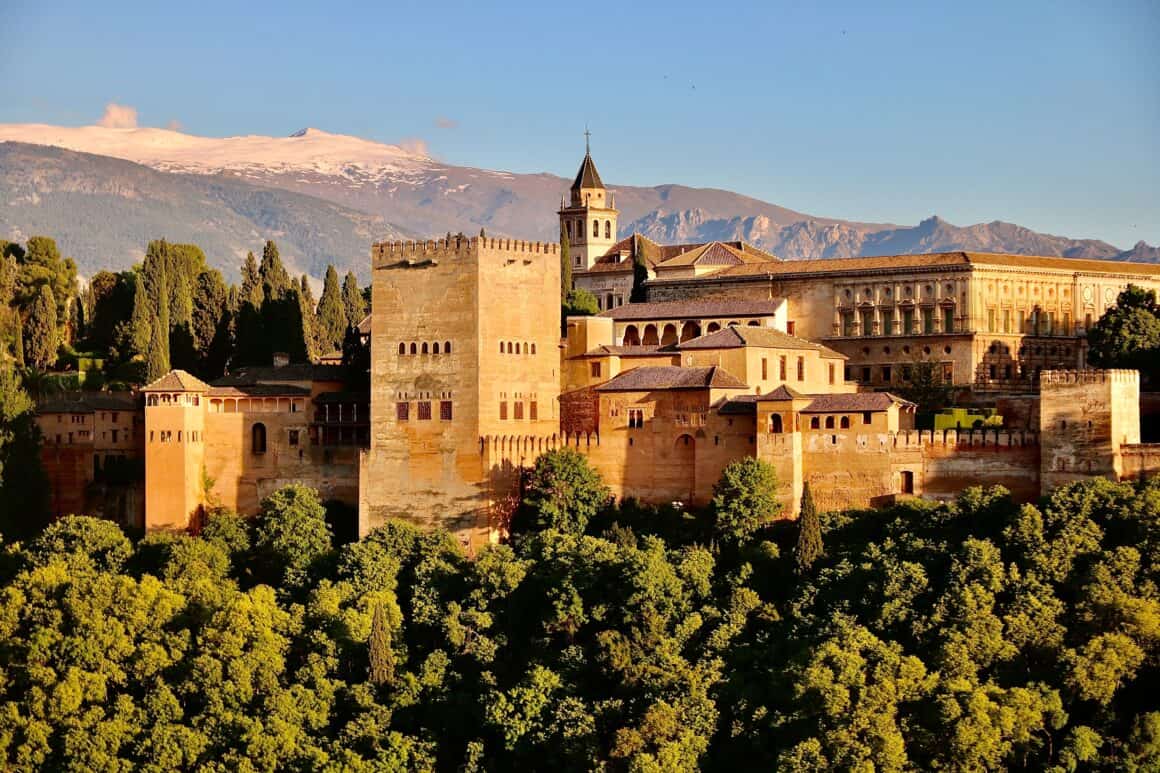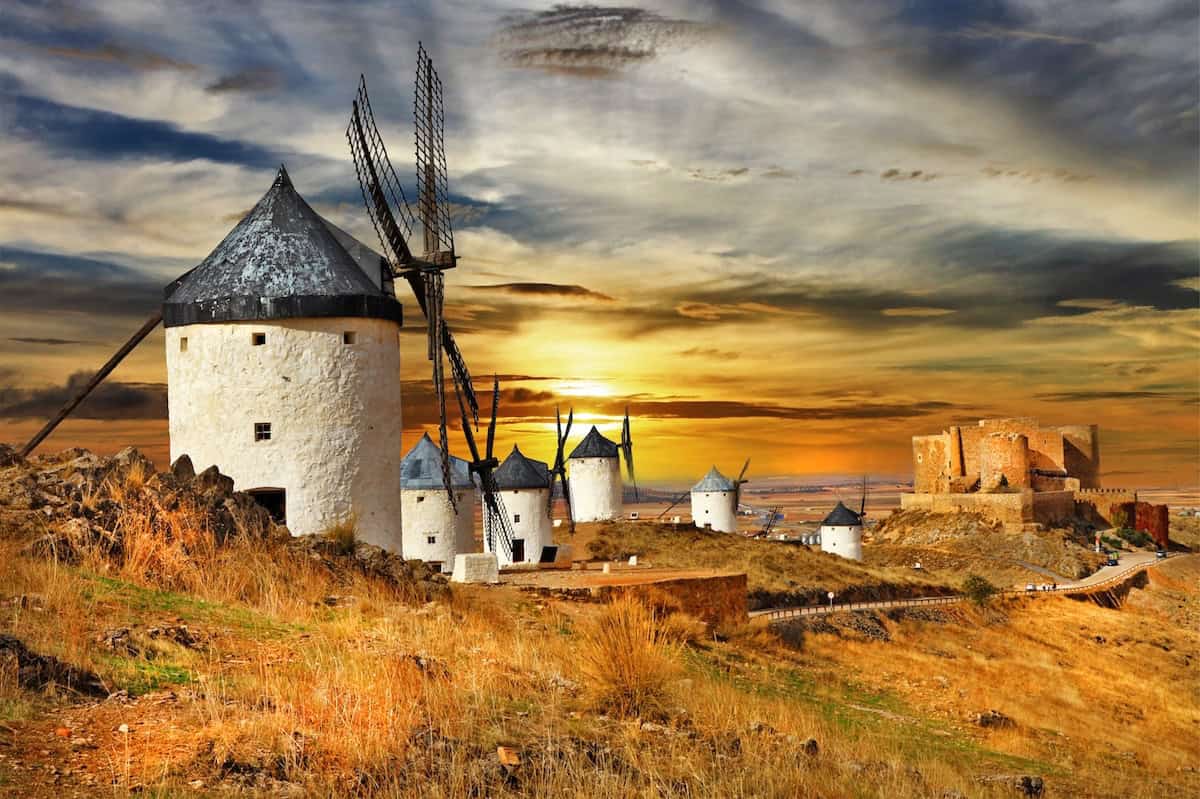You know about the beaches, the buzzing cities, the spectacular cuisine – but how about the dunes, the ancient remains, the snowsports? Discover five unforgettable experiences you never expected in Spain
Track big game
Where? Doñana National Park, Andalucia
If you’re after a thrilling encounter with a feline predator, you don’t have to join a safari in Africa or India – head to Doñana National Park, about 50km south-west of Seville. Here, if you explore with an experienced guide, you have a reasonable chance of spotting the charismatic but Endangered Iberian lynx. One of the rarest cats in the world is also arguably the most beautiful, with its gorgeous spotted pelage and tufted ears. Fewer than 200 of these fabulous creatures are believed to survive today, though numbers here are on the up thanks to concerted conservation efforts. Even if you don’t spot a lynx, you’ll probably spy some of the park’s other wildlife – wild boar, deer, otter and magnificent birds including griffon vultures and Spanish imperial eagles. There are also several spots in Spain where you might encounter other big predators, particularly wolves and brown bears – hotspots include stretches of the Pyrenees and the Cantabrian mountains near Palencia.
Ski pristine pistes
Where? The Val d’Aran, Catalonia
While the Pyrenees range isn’t as lofty as the Alps – the highest summit is 3,404m Aneto, a good 1,400m lower than Mont Blanc – there’s fine skiing to be found among these spectacular peaks. Pick of the bunch is Baqueira, in the Val d’Aran, which some claim is the world’s best ski resort – perhaps partly because it’s relatively little known outside Spain. With runs starting at over 2,500m, around 150km of groomed runs, good off-piste options and relatively affordable heli-skiing, there’s plenty of action on offer. But there’s also medieval villages, tremendous local cuisine (savour Aranese stew and sip vin caud – hot spiced wine – aprés ski) and a unique culture and language, Aranese, most closely related to old Occitan from across the border in France.

Wander among vast desert dunes
Where? Maspalomas, Gran Canaria
You don’t have to head into the interior of North Africa to wander among sand mountains. The Reserva Natural Especial de Las Dunas de Maspalomas is a 400-hectare expanse of billowing ridges and hillocks, evoking the sandy Sahara. The neighbouring resort of Maspalomas is a party town, but there’s also a wonderful (unsurprisingly sandy) beach, a brackish lagoon bustling with birdlife and a palm grove for extra atmosphere. Visit at sunset for the best photos, or perhaps take a camel ride through the dunes for the full Lawrence of Arabia experience. You can also find yet more arid landscapes in Andalucia: the Desierto de Tabernas in Almeria province is Europe’s only true desert, and has been used as a filming location for countless movies, particularly Westerns – you can visit the Fort Bravo ‘Wild West’ town, used as the setting for a number of Hollywood films.

Roam Roman ruins
Where? Mérida, Extremadura
Those inveterate invaders from Italy worked their way across the Iberian peninsula from the late third century BC, beginning with Catalonia in 220BC and completing the conquest at the north coast around two centuries later. Today you can explore fascinating remains of the Roman province of Hispania in various spots: visit the impressive amphitheatre in Tarragona, the aqueduct at Segovia, fine mosaics in Seville, the extensive Roman walls of Lugo and the port city of Baelo Claudia. But arguably the most magnificent remains are at Mérida, once called Emerita Augusta and capital of Roman Lusitania. Today you can amble among the triumphal arch, circus, aqueduct and astonishing theatre.

Delve into a lush rainforest
Where? Fragas do Eume, Galicia
You don’t have to explore the Amazon to find verdant rainforest. Fragas do Eume National Park encompasses one of the best-preserved riverside Atlantic forests in Europe, 9,000 hectares of oak, chestnut, poplar, ash and alder trees, plus more than 20 species of lichens and 200 types of ferns. You won’t meet jaguars, giant otters or tapirs; you might spy a wolf or a salamander but, more to the point, you’ll find mesmerisingly dense forest within which there’s wonderful walking – climb to the wonderful 10th-century Monastery of San Xoán de Caaveiro for historical insights. Another magical woodland to wander is the Garajonay National Park on La Gomera, where mist clads the mossy laurel forests.










